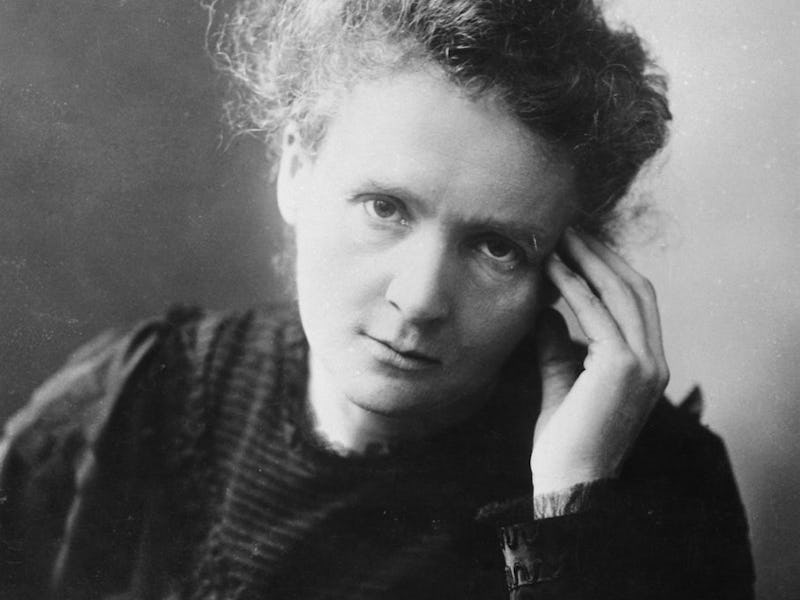STEMM Gender Gap in Physics May Not Close for Next 258 Years
Despite awareness, the gender gap persists.

It’s been well-documented that women and other minorities face numerous institutional obstacles to professional success in the fields of science, technology, engineering, math, and medicine, collectively known as “STEMM.” And thanks to a few researchers from the University of Melbourne who turned to the data and quantified the gender gap, we now see that it could take hundreds of years to close the gap in some areas of STEMM.
In a study published in PLOS Biology on Thursday, Luke Holman, Devi Stuart-Fox, and Cindy E. Hauser collected a dataset of more than 36 million authors listed on over 10 million academic papers in 6,000 academic journals. Then, they assigned gender to the authors based on their names — they estimate being correct for 99.7 percent of these assignments — and analyzed gender disparity in different fields. In a field with perfect gender parity, half of the authors of academic papers in that discipline would be women, and half would be men.
Predictably, the study showed that women write significantly fewer papers than men in STEMM fields. “Our data reveal an authorship gender gap across STEMM, which is likely to remain for generations in certain fields,” the study says.
The gender gap in physics is off the charts.
The researchers found that in 75 percent of the disciplines they studied, women make up significantly less than 45 percent of the authors. In 4 percent of the studied fields, women make up significantly more than 55 percent of the authors, and 21 percent of the domains have authorship with near gender parity.
The worst culprits when it comes to male-dominated fields are the usual suspects: computer science, mathematics, and physics. Unfortunately, the researchers also found that the most male-centric disciplines will also be the most difficult in which to boost female authorship. In physics, for example, they predict that, based on current minimally rising rates of female authorship, it will take 258 years to come close to gender parity among senior physicists.
“These results suggest that mostly male fields might attract fewer women graduates, lose women researchers to other careers at a faster rate, and/or have stronger gender biases that affect the relative publication of men and women,” the study says. “Thus novel interventions appear necessary if we are to make progress in in strongly gender-biased disciplines.”
Overall, while gender parity is improving, the researchers claim that their findings demonstrate that creating significant change will require not only encouraging more women to enter STEMM, but challenging pernicious stereotypes.
“We suggest that efforts to recruit and retain women in STEMM must be wide-ranging and could include dispelling the common but poorly evidenced belief that there are innate gender differences in STEMM aptitude,” the study says.